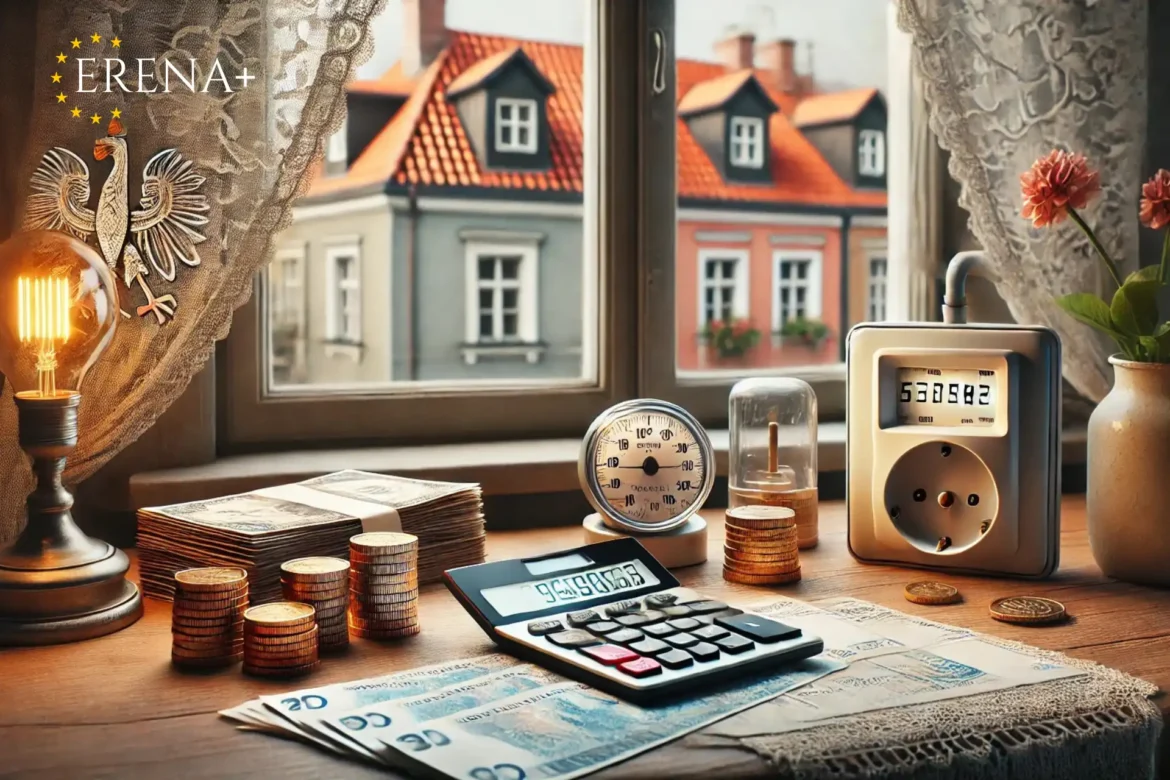The share of utility payments in the total rental cost in Germany is a significant component of housing expenses and draws attention from both tenants and property owners. These costs, referred to as Nebenkosten (translated from German as additional or ancillary expenses), often have a notable impact on the overall cost of living and can vary greatly depending on location, property type, and consumption levels. This text will explore what is included in utility payments, their proportion in rental costs, and the key factors influencing their amount.
Components of Rental Costs
In Germany, rental payments are typically divided into two main parts:
1. Kaltmiete (literally “cold rent”): This is the base amount charged for the use of the living space, excluding utilities.
2. Nebenkosten: These are additional expenses, including utility payments and operating costs for the property.
Rental agreements often specify only the Kaltmiete, while Nebenkosten are billed separately, making the actual monthly expenses higher than the initial quoted rent.
What Is Included in Nebenkosten?
Utility payments typically cover the following costs:
• Heating and hot water: Often the largest part of the utility bill, depending on the type of heating system (gas, oil, or centralized heating).
• Cold water and sewage: Costs for water supply and wastewater disposal.
• Lighting of communal areas: Electricity costs for lighting hallways, basements, and other shared spaces.
• Cleaning and maintenance: Charges for cleaning services, upkeep of the surrounding area, and minor repairs.
• Waste disposal: Fees for garbage collection, determined by local municipalities.
• Building insurance: Coverage for risks such as fire or natural disasters.
• Administrative costs: Such as fees for property management services.
Additional services, such as internet, television, or parking, may also be included in Nebenkosten.
Average Share of Utility Payments
Utility payments represent a significant portion of total housing costs. On average, Nebenkosten account for 20% to 30% of the total monthly expenses. In some cases, especially in older buildings with lower energy efficiency, this share can reach 40%.
For instance, if the Kaltmiete is €800, utility costs may range from €160 to €240 per month, making them an important expense for tenants.
Factors Determining Utility Costs
1. Regional Differences:
o In major cities like Berlin, Munich, or Hamburg, utility costs are higher due to elevated tariffs and population density.
o In rural areas, utility expenses might be lower, although heating costs (e.g., using oil) can increase overall expenses.
2. Building Type:
o Modern energy-efficient buildings typically have lower heating and electricity costs.
o Older buildings often have higher heating expenses due to poor insulation.
3. Size of the Apartment:
o Larger living spaces incur higher heating, lighting, and waste disposal costs.
o However, some expenses, like building insurance, are shared equally among tenants, regardless of apartment size.
4. Tariffs and Price Changes:
o Rising energy prices, such as gas and electricity, significantly impact the Nebenkosten.
o Water supply and waste disposal fees are set by local authorities and vary by region.
Controlling and Reducing Utility Costs
Tenants can actively manage and optimize their utility expenses. Here are some strategies:
1. Energy-Efficient Usage:
o Using energy-saving bulbs and appliances.
o Regulating heating temperatures and turning off unused electrical devices.
2. Reviewing Bills:
o Landlords are required to provide an annual report of utility costs (Betriebskostenabrechnung). This allows tenants to verify the accuracy of their charges.
3. Choosing Energy-Efficient Housing:
o When renting, consider the building’s energy certificate (Energieausweis), which indicates its energy consumption level.
4. Opting for Renewable Energy:
o Some tenants choose properties equipped with solar panels or connected to renewable energy systems.
Potential Challenges
Despite the transparency of the Nebenkosten system, tenants may face challenges:
1. Underestimated Forecasts:
o Estimated utility costs in rental agreements may be understated, leading to additional charges at the end of the year.
2. Disputes Over Charges:
o Some tenants question the legitimacy of specific items in their bills, such as services that were not fully delivered.
3. External Factors:
o Price hikes for energy resources and changes in utility tariffs can significantly increase overall expenses.
Trends and Prospects
In the future, utility costs are likely to rise due to factors such as:
• Ecological Transition: A shift to renewable energy sources and the phase-out of cheap but environmentally harmful resources.
• Stricter Energy Efficiency Standards: Retrofitting older buildings and introducing new construction norms.
• Increased Infrastructure Costs: Rising tariffs for waste disposal and water services due to higher demand on communal systems.
However, technological advancements, such as smart home systems and automated resource management, may help reduce costs in the long term.
Conclusion
Utility payments in Germany are a significant expense, accounting for 25% to 30% of total rental costs. While the system is transparent and allows tenants to manage their expenses, it requires careful attention to housing choices and bill reviews. Efficient resource management and energy-saving measures are becoming increasingly crucial in reducing financial burdens amid rising tariffs and environmental challenges.
The share of utility payments in the total rental cost in Germany
1K

